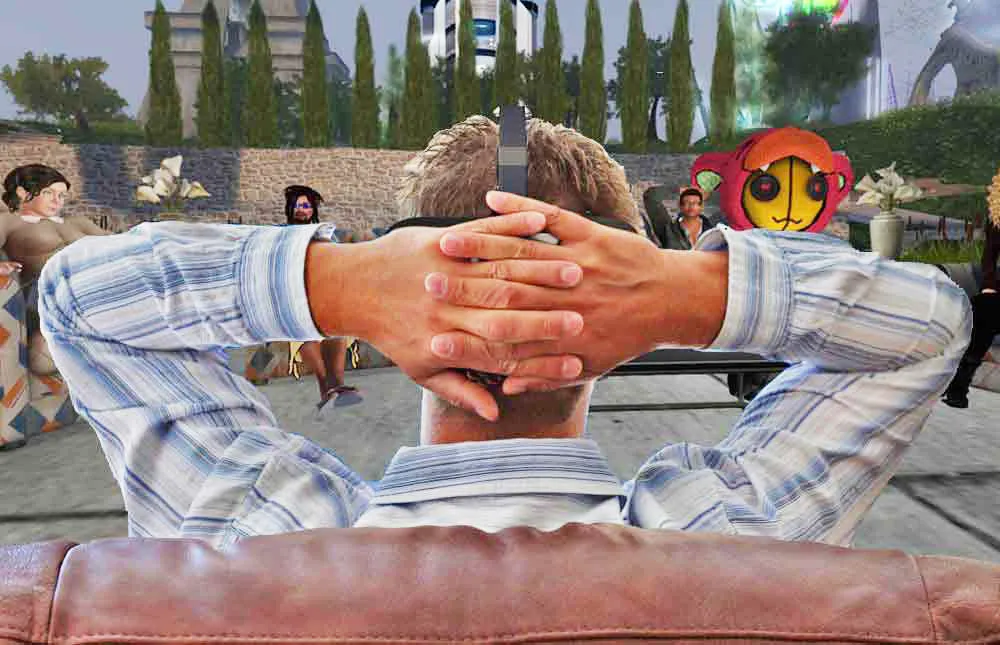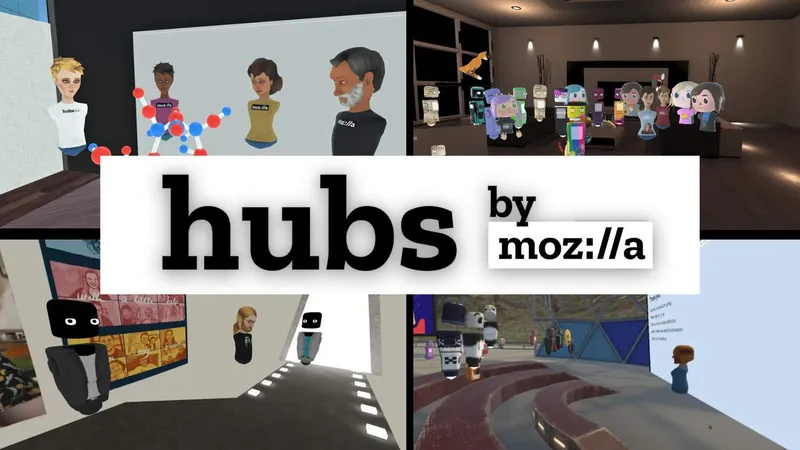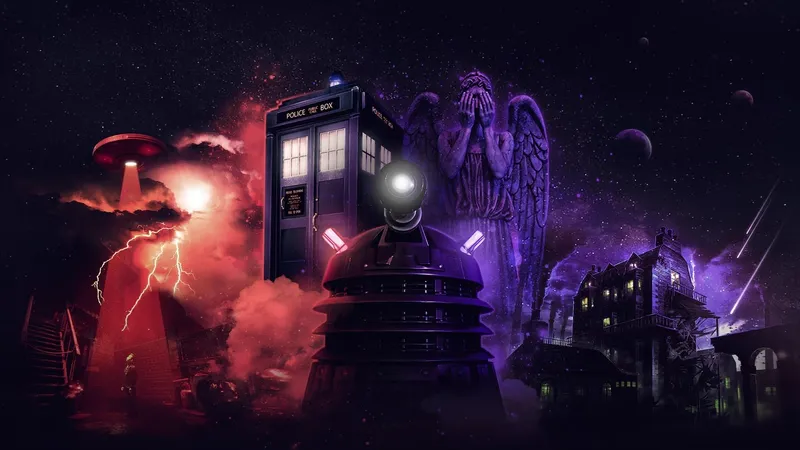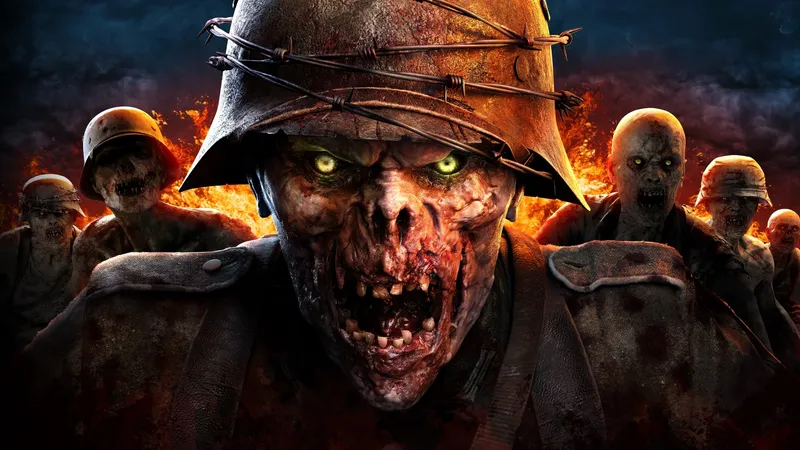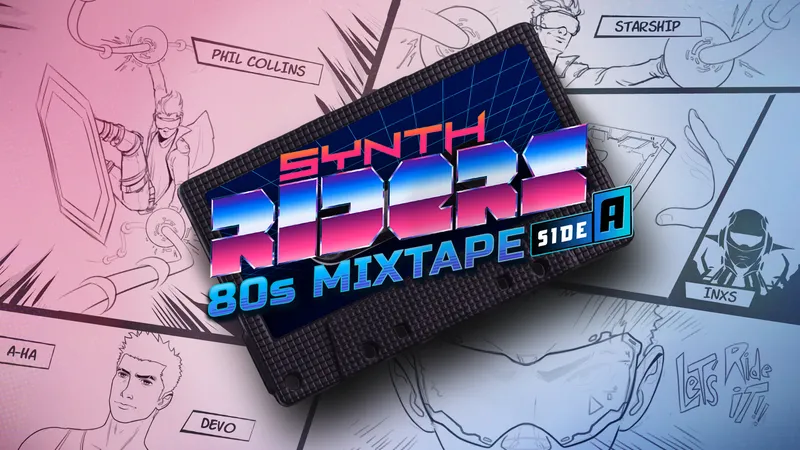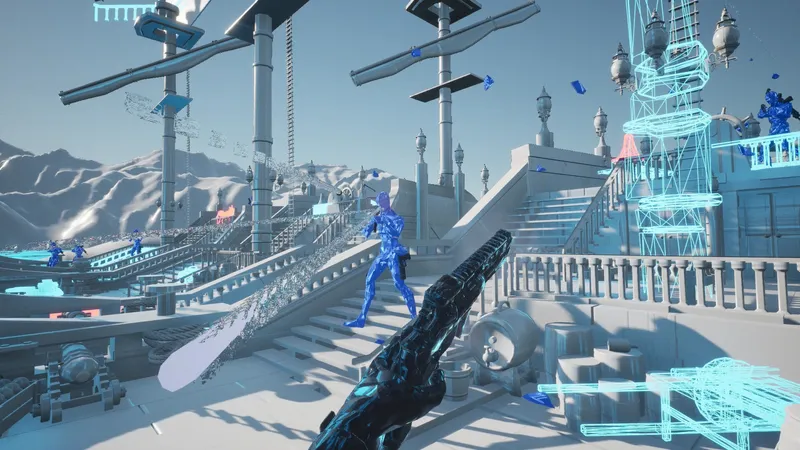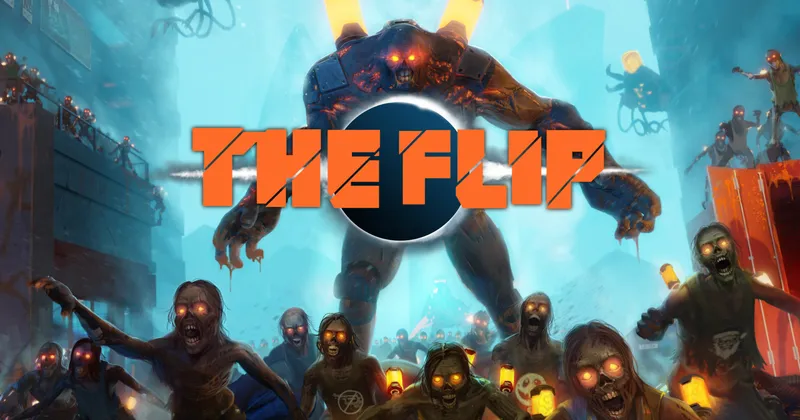We reported earlier that reddit co-founder Alexis Ohanian made reference to a reddit VR platform on the GearVR. In that article, I tried to imagine what that app might look like, especially within the constraints of the device. That was all a vision of a translation of the site, a port if you will, for VR. But what if they did something even more crazy? What if they turned reddit VR into something much better suited for the social medium of VR, something closer to the social VR experiences of VRChat, AltspaceVR, and Convrge?
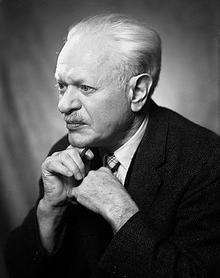
Theorist Kenneth Burke was famous for a number of things, including founding the theory of Dramatism which looks at the ways in which people interact with one another. He viewed the world through the lens of the theater and viewed human drama as being motivated by five key elements – act, scene, agent, agency, and purpose. Burke also crafted what has famously been called “the parlor metaphor,” which looks to describe the unending conversation of society.
So why bring up Burke and his parlor metaphor? Looking into it about a year ago, I was struck by how similar the metaphor was to how reddit actually behaved. So much so that I adopted it specifically for the site and used it as my introduction to my thesis on reddit humor. Looking back at that metaphor now with the perspective of social VR, and it doesn’t seem too far-fetched. A natural space in which to converse about any specific topics you wish in a fun way. That is what reddit is, and that is what social VR could be.
The reddit parlor
Imagine that you have entered a bar. It’s later in the evening when you arrive. When you get there you realize that many others had been there long before you arrived, and they are all engaged in heated discussion. The scene is overwhelming at first for the uninitiated, and with so many intense discussions surrounding you, it is hard to place yourself in any single one, so you go up to the bar for a drink and are surprised by what you see. Behind the bar is a very alien looking man polishing a glass, his nametag reads, Snoo.
A hallway lined with doors at the back of the bar catches your eye, so you walk over. The door closest to you reads “Whiskey,” and the doors to each side of it read “Beer” and “Wine.” You walk down this walk down the hall and the pattern continues, “Vodka,” “Rum,” “Tequila,” a room for each type of liquor at the bar. As you continue, the labels on the doors become less patterned: “Chess,” “Movies,” “PlayStation” the doors as random as they are numerous. Something else about the doors catches your eye, the fact that none of them have a lock. You reach out and turn the handle, swinging the door to the room labeled “Oculus” open wide. You are taken aback as you walk inside a room that is almost identical to the one you were in before, albeit slightly less crowded.
You mosey up to the bar and notice there is something very familiar about the bartender as well and sure enough a check of his nametag reveals your assumptions to be true. It reads Snoo, he is just wearing a different outfit this time. You order a beer and lean against the bar, observing the goings on. Around the room there are many tables, two of which seem strangely to have room for more people to sit down, despite already being bustling with activity. You watch as people walk from table to table, sitting down and offering their two cents to a discussion before wandering to the next table hoping to engage the crowd. After observing for a while, you finally garner up the courage to sit at one of the tables. As you do, you quickly begin to familiarize yourself with the conversation, and a wave of comfort washes over you as you dive into it yourself. You speak your position, adding something to the argument. Someone responds to your comment, prompting an answer from you. As you speak up, someone comes to the defense of his position, and someone else speaks up in agreement with your side.
As the discussion continues each person raises a point that adds something to your understanding of this ongoing conversation, and you begin to feel like a part of the living discussion. You check your watch and realize that you had been raptured in conversation for hours, lost in the unending argument. You push away from the table, stretching to reawaken your muscles as you walk out the door. On your way out of the bar you stop to peek inside a few of the other rooms in the infinite hallway, inside each is a scene similar to the one you had just emerged from, conversation still continuing rigorously despite the late hour. As you step out into the after-midnight darkness, you glance back one more time at the neon sign glowing above the bar “Welcome to Reddit, the front page of the Internet.”
The point here is this: social media in VR has to be different. Why? Read on.
This is obviously purely a thought exercise; there are a number of things here which would likely be different in actual, not hypothetical, implementation. But the point here is this: social media in VR has to be different, if only because the way we relate to one another online has to be different. Social media in its current state has resulted in fractured and less personal social interactions. We may be connecting with more people that we had in the past, but those connections are nowhere near as deep and personal as they have been for generations in the past. Think about this for a minute, when was the last time you had a truly meaningful interaction online? For me, the answer is when I had a face-to-face conversation in a cartoon forest with a heart wearing a top hat in a social VR app called Convrge. As silly as it may seem from the outside, Convrge and all of these other social VR apps really do increase the level to which you are immersed in conversation.
Why? It’s simple: the addition of body language. According to one famous statistic in the communication field, 93% of all communication is non-verbal. Some theorists tend to disagree with that number, and others look at it as more of a figure than a hard fact but the point persists that a majority of our communication isn’t done verbally (and no, texting doesn’t count as non-verbal communication). This is the exact reason why social VR is so very important. This was what made AltspaceVR’s demo so impactful when I tried it, the first time I was able to fist bump Bruce Wooden (AKA Cymatic Bruce) in VR was a pretty magical moment, but it was being able to see him speak with his hands that really gave him life and personality in VR. Those nonverbal cues combined with inflection are key in understanding not just the messages the speaker is delivering, but the person behind them as well.
There is a lot of talk about the Uncanny Valley when it comes to social VR. The idea that you would be having a conversation with a creepy looking, real-but-not-real-enough avatar is one that tends to put people off on the idea of social VR. Peter Gray the Director of Global Communications at Linden Labs, the company behind the first virtual reality social network, Second Life, doesn’t see the Uncanny Valley being an issue in the near future. “A lot of times the discussion around Uncanny Valley is the AI behind something or a pre recorded thing behind it as opposed to communicating with a real person,” he says, “my suspicion would be it might make a difference for the better if it’s a real person.” That being said, the effects can definitely still exist as we try hard to go for photorealism, as AltspaceVR found out, “we experimented with a lot of different types of avatars,” Wooden told me, “[and] the photo realistic ones were kind of weird and kind of creepy.” This is because we simply haven’t yet completely crossed that line for real time animation.
https://www.youtube.com/watch?v=IiMxKxJWHjU
One of the earliest things people will notice as they become exposed to more virtual reality is that even if a reality appears virtual it can still be convincing. You don’t need hyper-realism for hyper-immersion. That being said, it is undoubtedly coming in the future. Companies like Faceshift and Faceware, for example, are working on markerless facial tracking solutions that will allow a whole new level of expressiveness in your avatar’s face in VR. Combine that with highly accurate full body scans and you begin to have a more realistic presence already. These technologies are only going to continue to develop and bring with them levels of detail to the social experiences. Yet still, that realism isn’t what matters most, it’s the addition of expressiveness.
You don’t need hyper-realism for hyper-immersion.
I mentioned earlier having a meaningful interaction with a heart in a top hat, and that was very true. Convrge utilizes an extremely simple avatar system – low detailed, box-like, floating heads bounce about the social forest they have created. They have genius in their simplicity, as you would be surprised by how much nonverbal communication can be added by simply adding head movement to the equation. Eric Romo, AltspaceVR’s CEO, brought up the same point to me, “[by] just putting the synchronized head tracking data in, immediately it was clearly more apparent that it was a person.” He continued, “we are each unique in the way we talk with our heads, if that’s a fair way to say it.”
But Will! I have Skype and can see the head, eyes, and face of the person I’m talking to online, how is this better? Well random stranger shouting at me in my head, you raise a good point. I posed this same question to Peter Gray and he offered up an excellent counterpoint. “Skype is great for one on one,” says Gray, “[but] once you get to three—once you get to 30, don’t even think about it.” If you have ever tried to participate in a group Skype call or (shudder) a Google Hangout with more than two people on the line you likely have experienced this, people get left out of the conversation and it becomes unwieldy quickly.
As people are reduced to small boxes you are faced with a similar issue to that faced by actors in the theater, broadcasting your actions becomes harder when you appear small to the audience. To compensate for this, stage actors over exaggerate non-verbal communication and makeup so they can be seen by the audience in the back. You don’t see that same style of action taking place in film, where the medium allows for more naturalistic representation of human behavior, because we can see the subtleties hidden within the non-verbal communication. We are not naturally trained to be stage actors in real life, we are more akin to method actors in film, embracing our roles and naturally representing ourselves through the subtleties of non-verbal communication.
The Internet has made us boisterous, and anonymity has arguably made us less human. Look at the way people tend to behave online, it can bring out the worst in people. This is something that has been noticed by social theorists like Dr. Lisa Laneste who notes in her paper Funny or aggressive? Failed humor in Internet comments (2013) that Internet users do not feel motivated to display social sensitivity due to the loose ties between them. Furthermore, humor theorist Charles Gruner mentions that “usually, everything else being equal, the more hostile the humor, the funnier.” Given these to conclusions it is easy to see where the motivation behind the vile actions of someone like Violentacrez, the infamous reddit troll, may have come from – a poor attempt at humor that ignores the human elements because it exists in an “anonymous” medium. That is not to say that the whole Internet is a hive of scum and villainy, just that the nature of the medium tends to bring that out in people more often.
But why would this be any different in VR? Because it already is playing out differently. Speaking with people at the major social VR platforms I have heard some things that are incredibly interesting when it comes to social behavior in virtual spaces, namely people are behaving very similarly to how they would offline. Groups of people gather around in a circle to speak to allow a view of every person in the conversation. People look each other’s avatars in the eyes when they speak, just like in ‘real life.’ There is a respect for personal space, with people refraining from occupying the same virtual space as another. All of these culturally based rules of face-to-face interaction seem to be naturally translating themselves into the virtual space. “I was surprised,” Wooden told me, “by just how quickly those established social norms translated in VR.” Eric Romo also added that he believed the feeling of being there likely makes you feel less inclined to behave rudely because the experience feels more personal. This is one of the many reasons social VR makes so much sense. It allows for naturalistic interaction between groups of people, without having to share the same physical space.
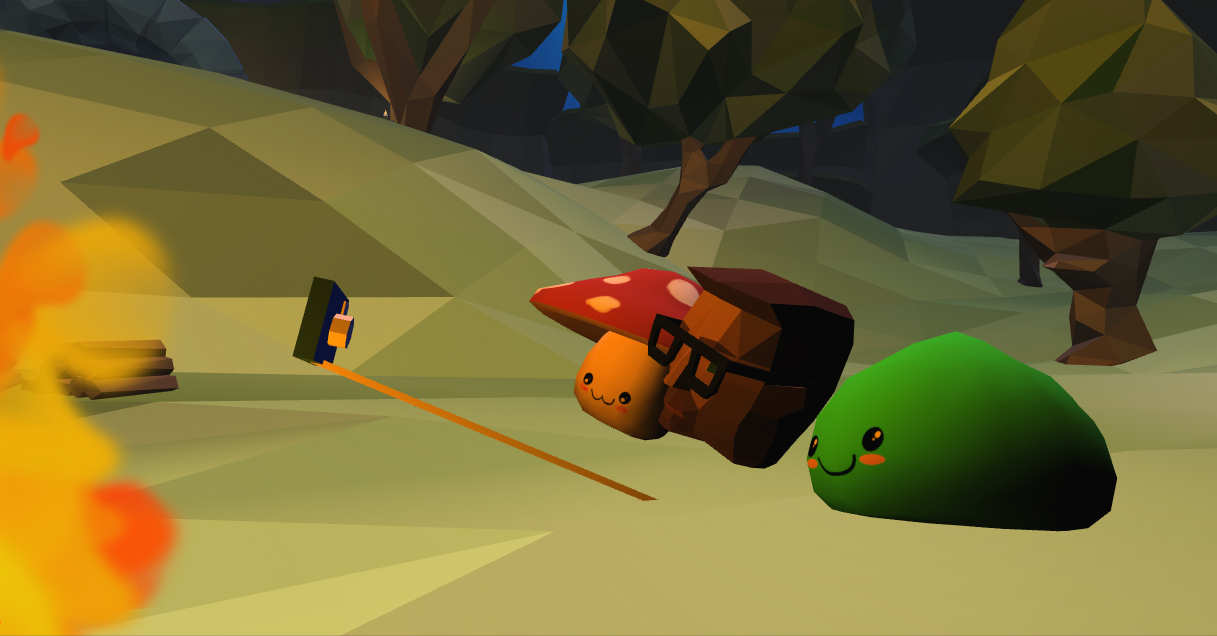
We will also likely see brand new social behaviors and norms evolve within the individual platforms themselves. Just as fans of certain games find and create silly mini games within the game by playing with the game’s mechanics, so will people with social VR. For example, the AltspaceVR guys mentioned when they first enabled teleportation within the game, an impromptu game of teleport tag erupted on the server. This results from humanity’s innate desire for play and discovery. If you suddenly had super powers, assuredly you would spend time figuring out what new things you would be able to do with them.
Granted the sample is too small to make broad sweeping judgments about what will happen with social VR once it’s at the scale of for example, Facebook. There will obviously be people who buck this trend – bad apples – just as there are online. But I think people will tolerate them much less within a virtual space, and those trolls will ultimately be just as lonely online as they are off. We can see it happening on reddit already, as trolls have become far less tolerated and more admonished – their negative karma totals growing by the day.
In the end, social VR may be one of the most impactful uses of the medium. Social media in its current form is still at its infancy stage. In 2007, when social media truly began to take off Facebook was Queen of All Social Media. We since have seen spin offs (remember when you used to think Twitter was just where people who posted too many statuses on Facebook went?) and evolutions in the social media landscape. Over the last eight years of that change, society has adapted to a larger and more global culture. But that growth has also come with the scars of impersonality and callousness, which are apparent in the negatives that have come with the medium. Social VR could be the Mederma that will allow us to do away with the scars that marred the previous iterations of the medium; enabling us with the ability to blossom into the truly flat and global society we are headed towards. It has the ability to connect us in the ways the Internet promised us, but without the impersonality. It brings true face-to-face communication to the digital world, perserving with it long standing societal norms, while breathing life into new ones. The digital social world will never replace the physical one – at least not completely, nor should it however. It’s as Wooden told me social VR will “augment our social lives,” rather than replacing them. The world is becoming a global society, a Global Village, to borrow from Marshall McLuhan and VR is the next big step in taking us there; trolls need not apply.

